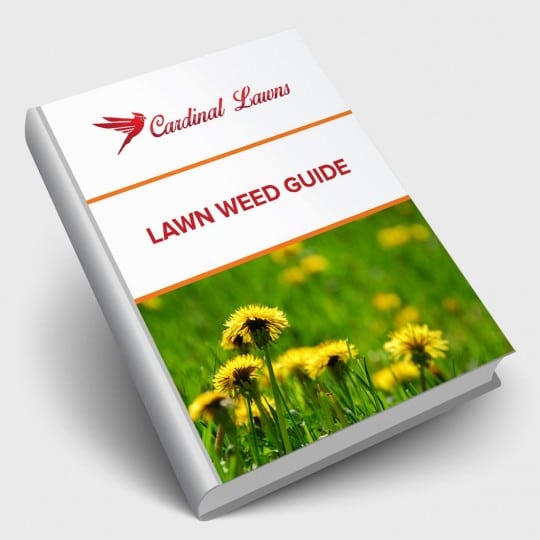Controlling Spring Weeds
You’ll Know Them When You See Them
Posted
May 6, 2021

You may know a weed when you see it. It’s usually anything growing in your lawn that looks different than your grass. But do you know how to stop them? Controlling spring weeds is easier when you maintain a healthy lawn. Here’s how to spot some of the most common weeds and what to do next.
Identifying Weeds
Could you pick out a week from a mile away? Some are easier to spot than others. Some have broad leaves and colorful flowers. Others look very similar to your grass but may grow taller and in small clumps. Whatever type of weed is growing among your grass, it’s competing for nutrients and water. If not taken care of, weeds can quickly take over your lawn, leaving you with bigger problems than a simple weed. Knowing which weed you’re dealing with is the first step in stopping it from taking over. Here’s what to watch out for:
Dandelion. Whether you spot the yellow flower or white fluff first, these broadleaf weeds are easy to pick out from the rest. However, if you decide to manually pick them out of your grass, make sure you use a tool to get the entire root out or it’s likely to grow back. Instead of making a wish and blowing all the weed seeds across your lawn, use a broadleaf weed control product to curb any active growth.
Chickweed. If you feed the birds, this seed may be in the feed. Look for small white flowers over egg-shaped leaves in shady areas of your lawn. Then use a selective broadleaf weed control product to control the spread.
Henbit. During the spring and fall, you may notice this weed by its square-shaped stem in thinner areas of your lawn. A selective broadleaf weed control product can help rid your lawn of this variety as well.
Clover. While this flowering weed may be a nuisance to you, it’s perfect for pollinators. Clover thrives in poor soil, so it’s a sign you may need to do some fertilizing. Since this weed attracts beneficial bees, think twice about using a chemical to control it. If you want to rid clover from your lawn, do your best to balance the pH in your soil and opt for a more environmentally friendly weed control method.
Wild Onion and Garlic. It may look like grass, with its long, thin, green blades, but these weeds form in dense clumps where lawns are thin and soil is compacted. Aerate your lawn to help improve soil conditions and use a selective weed control product to prevent further problems.
Controlling Spring Weeds
While many weeds can be controlled with a liquid or granule herbicide, you need to be sure you know which weed you’re dealing with. Some selective products only target certain weeds. Other products may damage healthy grass if not used properly. There are also weed and seed products that help to rid your lawn of weeds while feeding it with fertilizer. With all the products available, it’s important to properly plan your attack. Contact Cardinal Lawns for help identifying the weeds and coming up with a customized plan to get rid of them. Once the weeds are gone, keep them away by properly maintaining your lawn with the right mowing, feeding, and watering practices.

Download Your FREE Lawn Weed Guide
Before weeds take over your yard this season, learn to identify and prevent them in the first place. Keep your lawn looking great all year!